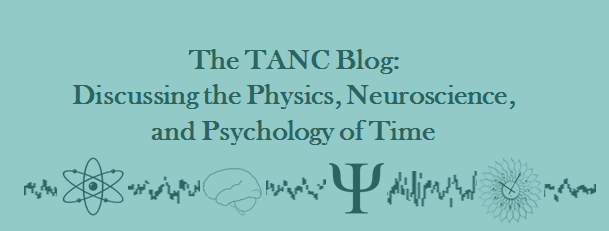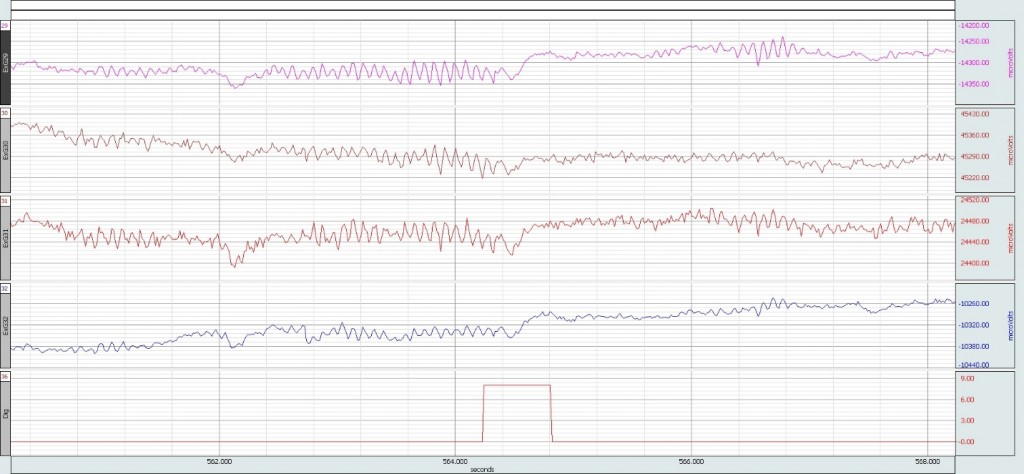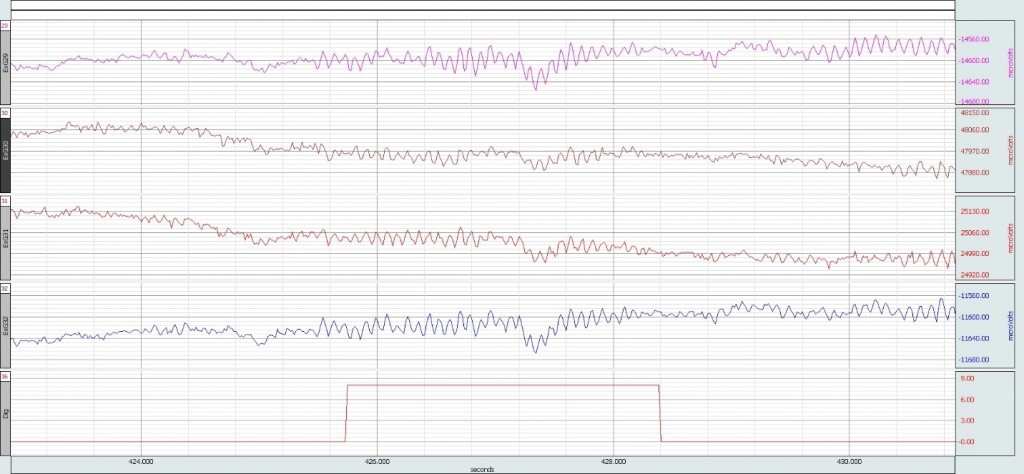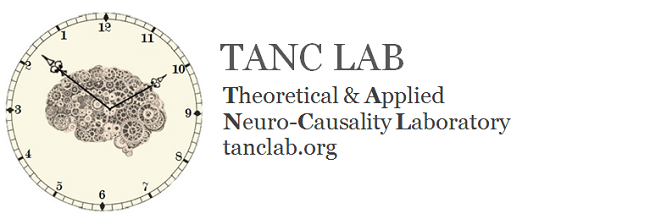
Replication of the Groningen Face Experiment
While we analyze results from the first experiment (light/sound stimuli), we are preparing one of our next projects: a replication of a highly successful EEG presentiment experiment done at University of Groningen (led by Prof. Jacob Jolij and Prof. Dick Bierman). In their experiment a series of static noise images is shown, with one image every 0.1 seconds. Sometimes (randomly), the middle image contains a cartoon smiley face embedded in it. Participants select using right or left mouse buttons whether they think they saw the face or not.
The concept of this experiment is to look for any precognitive markers of the upcoming face in the EEG data. The Groningen researchers reported a precognitive effect when they analyzed data between 0.6 and 0.1 seconds before the face picture appearing.
We’ve started the pilot tests for this experiment. The figure below is an example of some raw pilot test data for the face experiment. The three upper graphs are EEG electrode data showing some alpha wave activity. The bottom graph shows the digital channel in which a long pulse is recorded when a smiley face appears and a short pulse is recorded for the “no-face” condition.
Thousands of times more data will be recorded during the course of the experiment.
The Groningen researchers were able to successfully replicate a precognitive experimental result multiple times (they are still working on their main publication). But in science it is important whether other researchers can also replicate a result. So we will try the face detection experiment at TANC Lab. The University of Groningen team has kindly shared all of their software with us. We have been working on adapting the software to our own hardware. A key part of this experiment is that it runs much faster than our light/sound experiment. Therefore, experimental trials are collected much more quickly so that even if an effect is less powerful there is more data showing it.
The Groningen team has been working on many variations of their core experiment. One of their variations is to study “bilking”. “Bilk” means to trick. In a predictive experiment brain activity is recorded and a prediction is made. But in a bilked situation, the stimulus is changed at the last moment when the subject is (may be?) expecting something else. In the context of precognition bilking is akin to making a temporal paradox. Theorists of quantum mechanics have proposed that if backwards-in-time effects are possible, then the Universe will rearrange itself to prevent a paradox if an experimenter attempts to make one. What is really happening during a bilked experiment? We will pursue this line of research in the future.
Quick update on our experiment: We are nearing completion of our pilot tests and equipment upgrades. We will begin our first formal experiment soon (likely just a few weeks away!). The follow figures are examples of raw EEG data taken from four occipital (back of the head) electrodes and the digital channel, which records an external electronic signal. The digital channel is used to identify stimulus type (light, sound, or null) and duration.

The first figure shows a light flash. The digital channel (bottom row) is hooked up to two miniature solar panels which record the duration of the light flash. We can then look at the data recorded from the electrodes to see any physiological effects.

This second figure shows a control trial. The digital channel is sent a longer pulse which tells an analysis program to mark this time region as control data.



